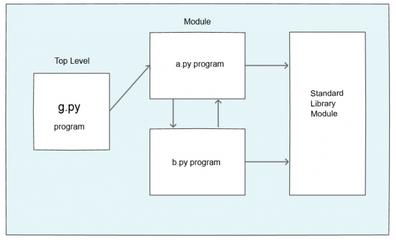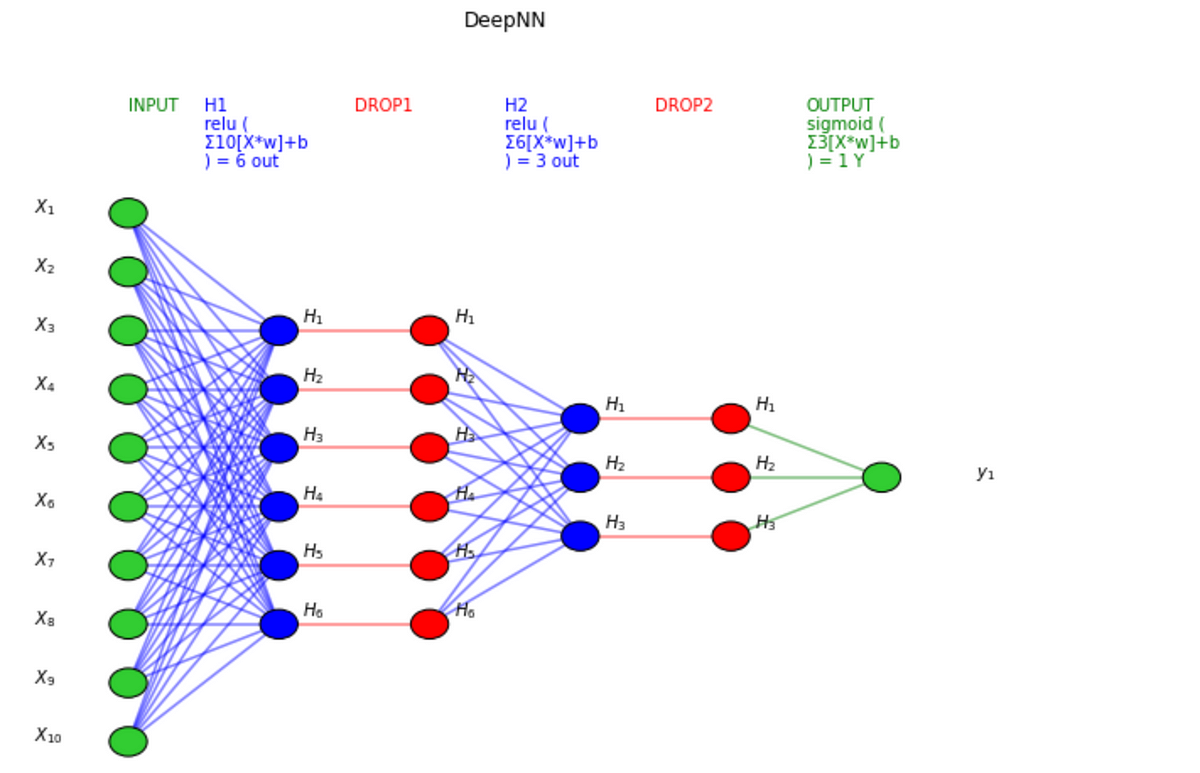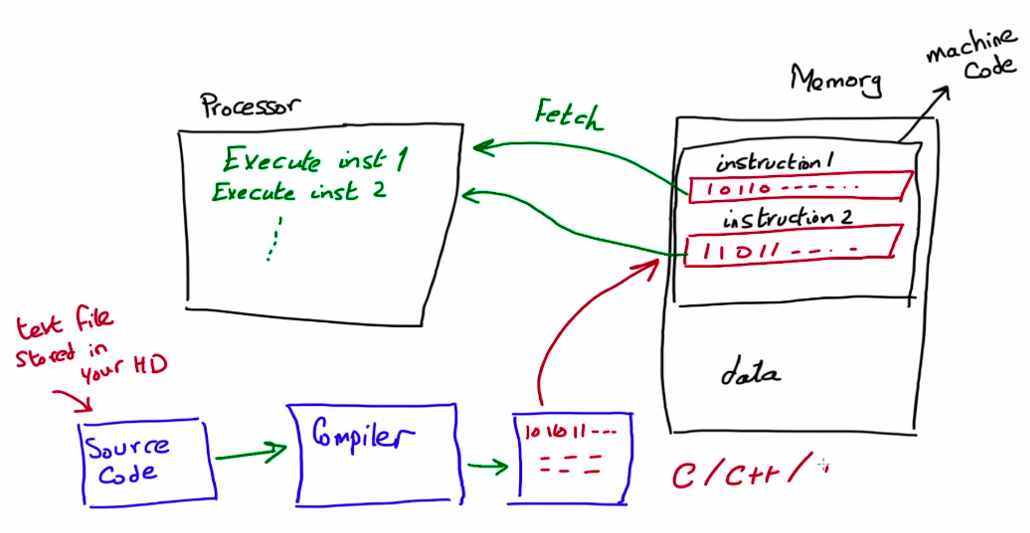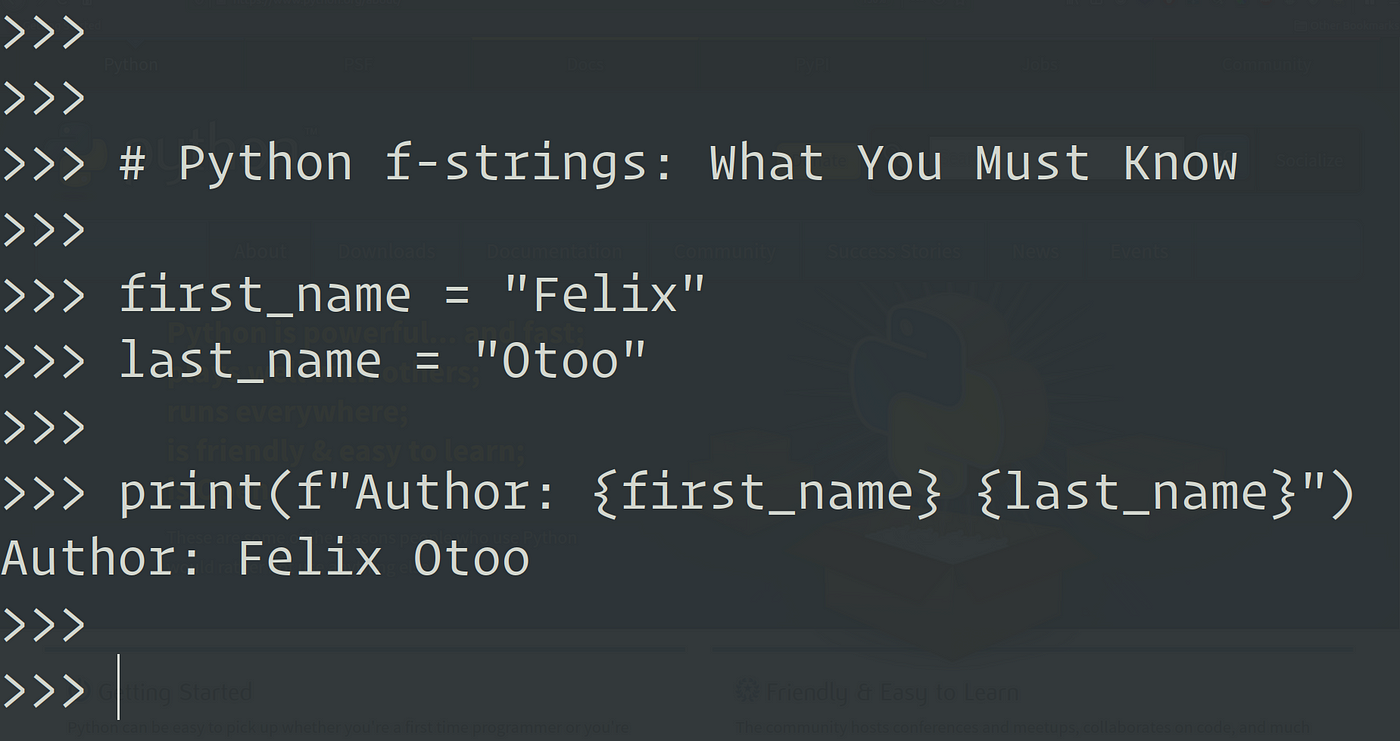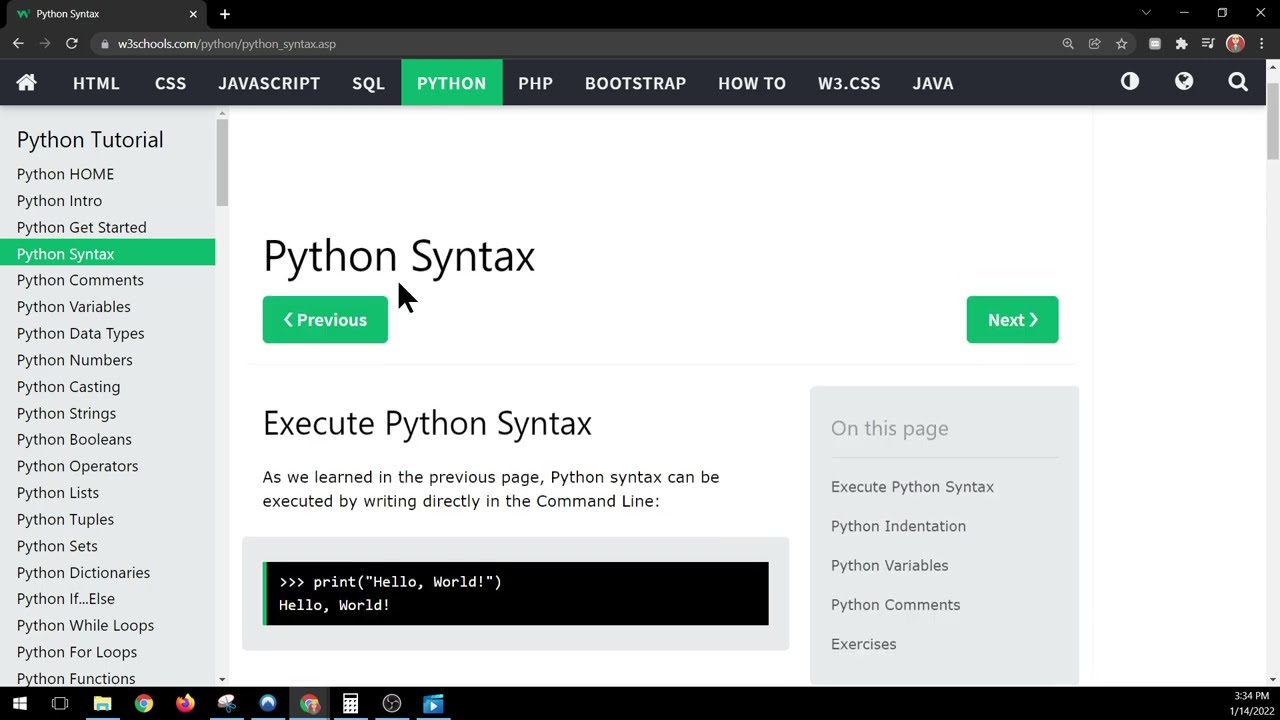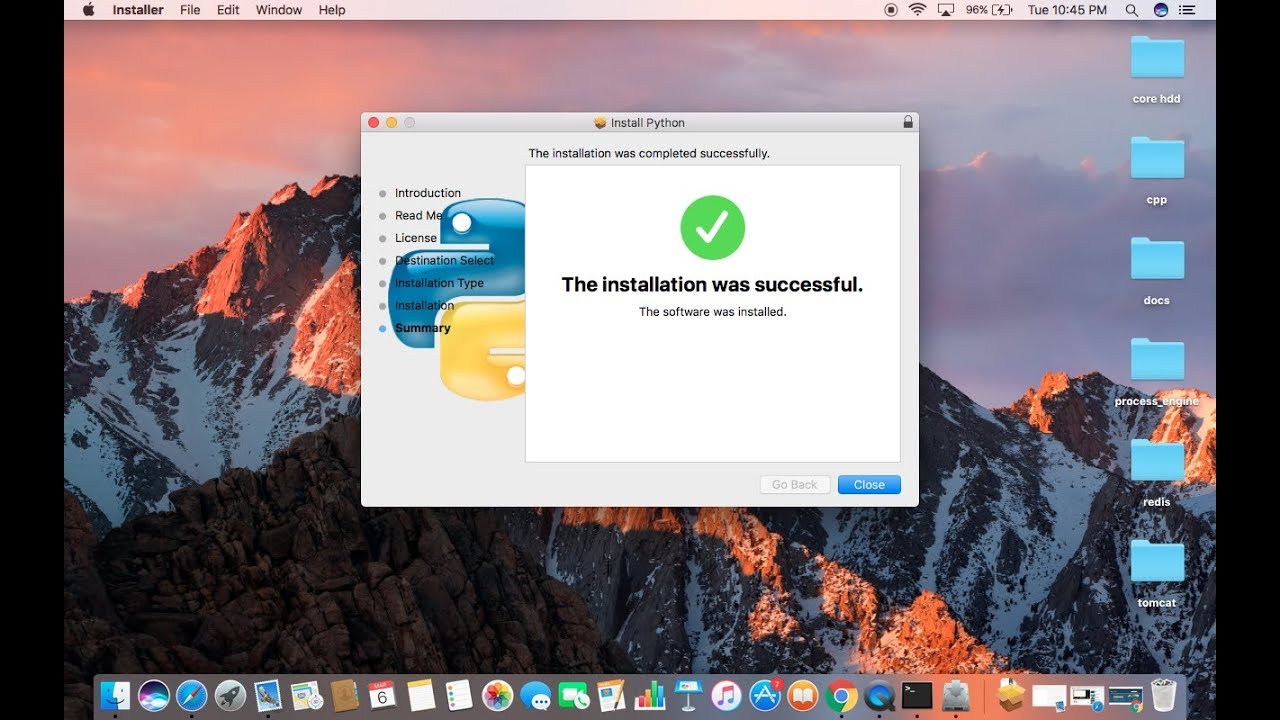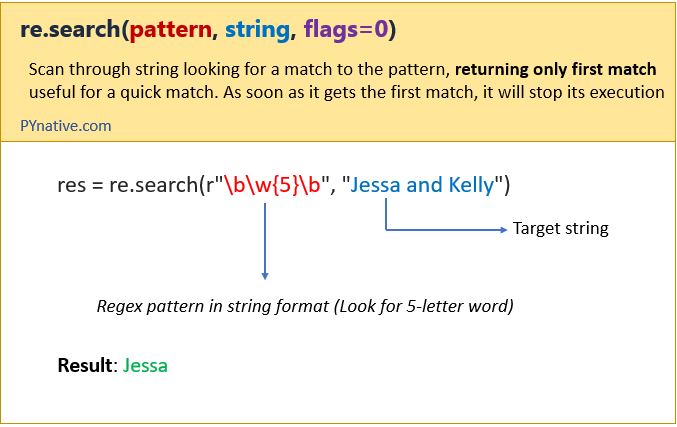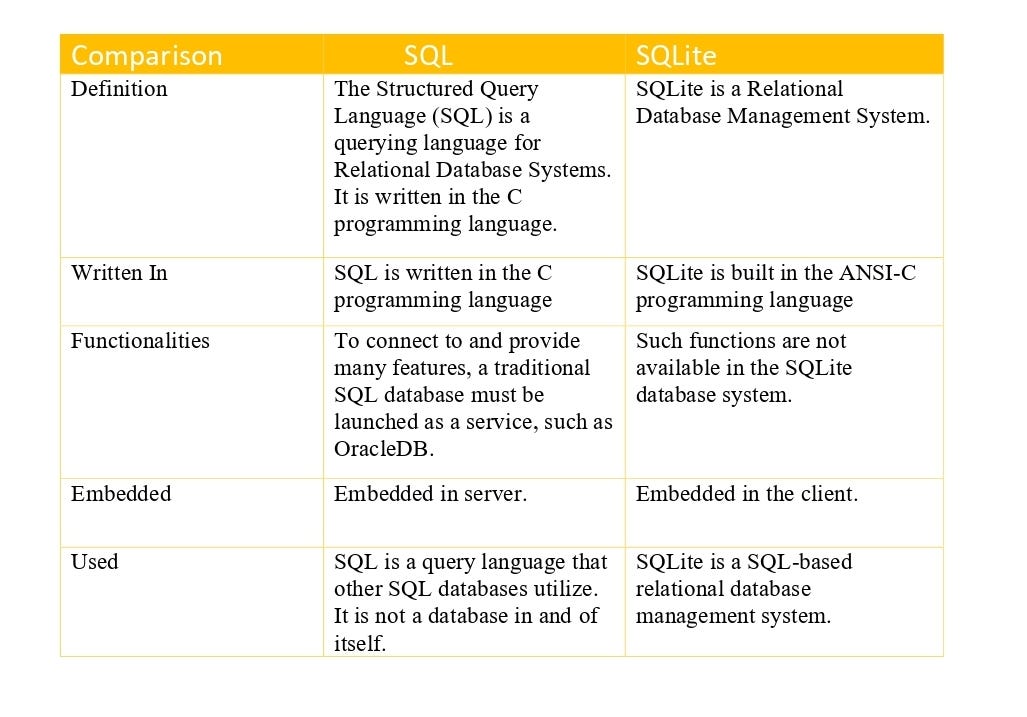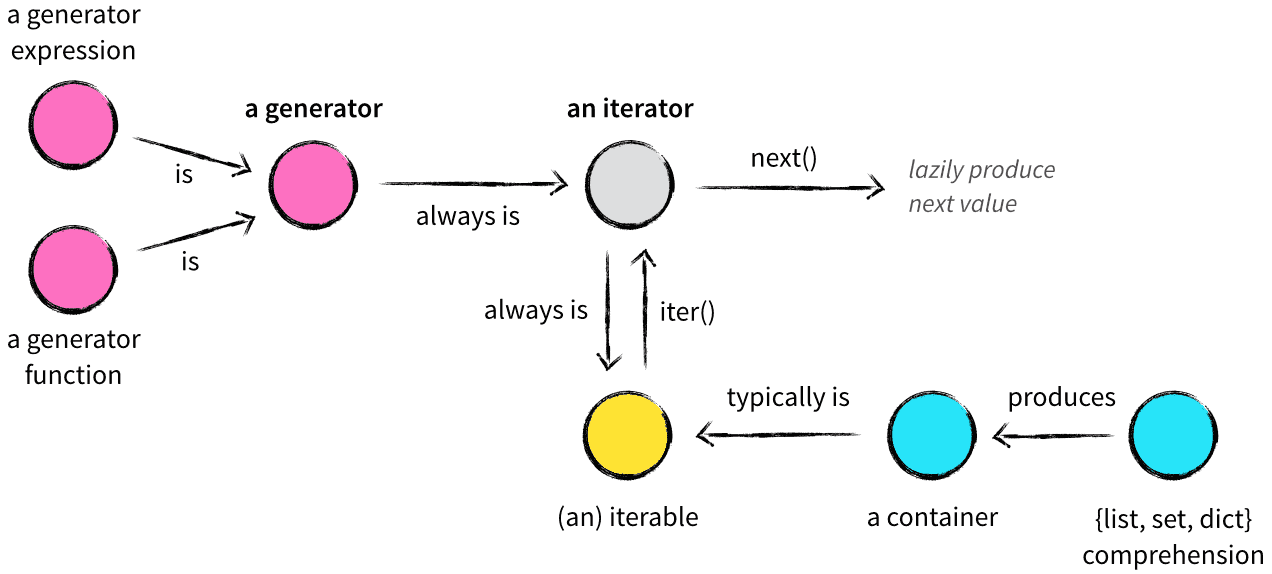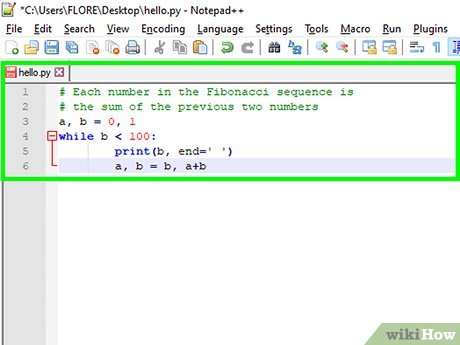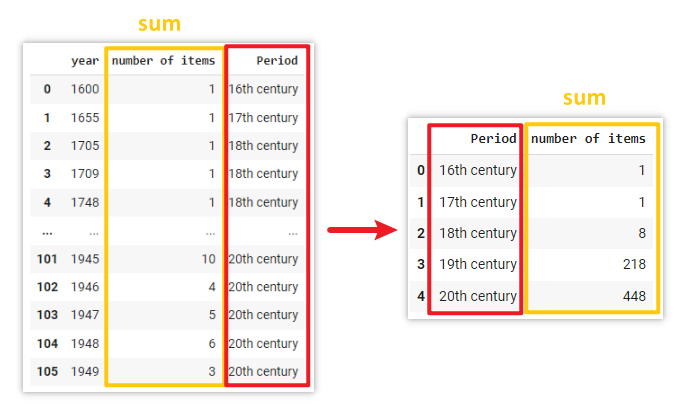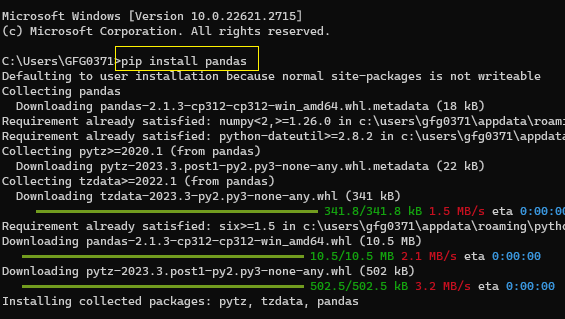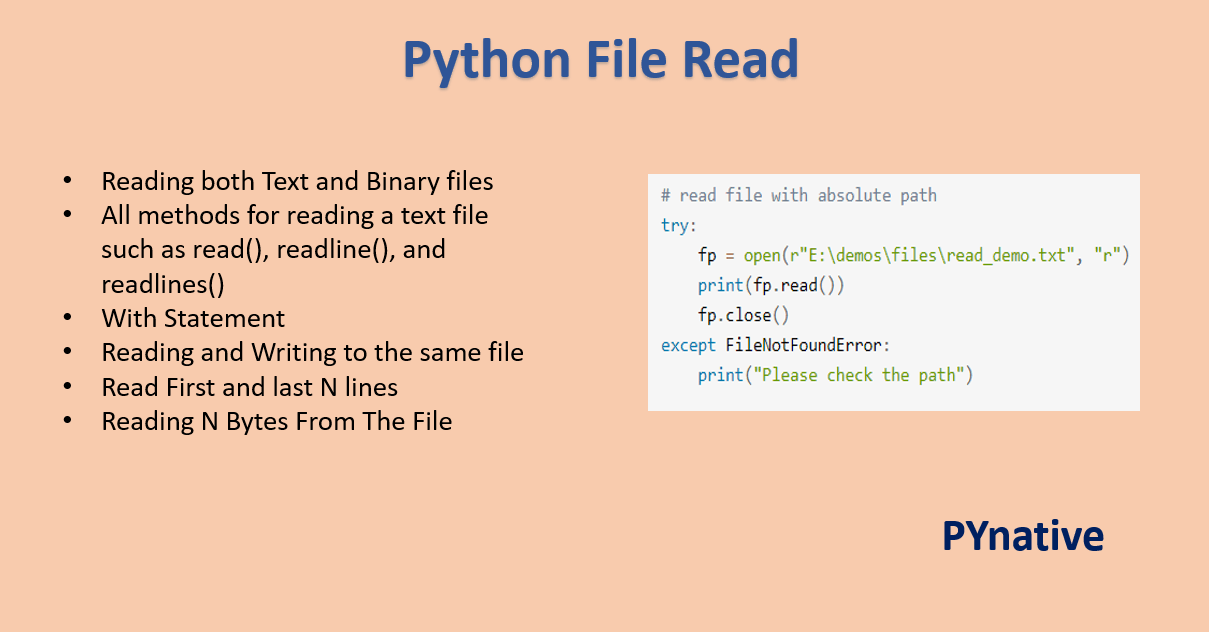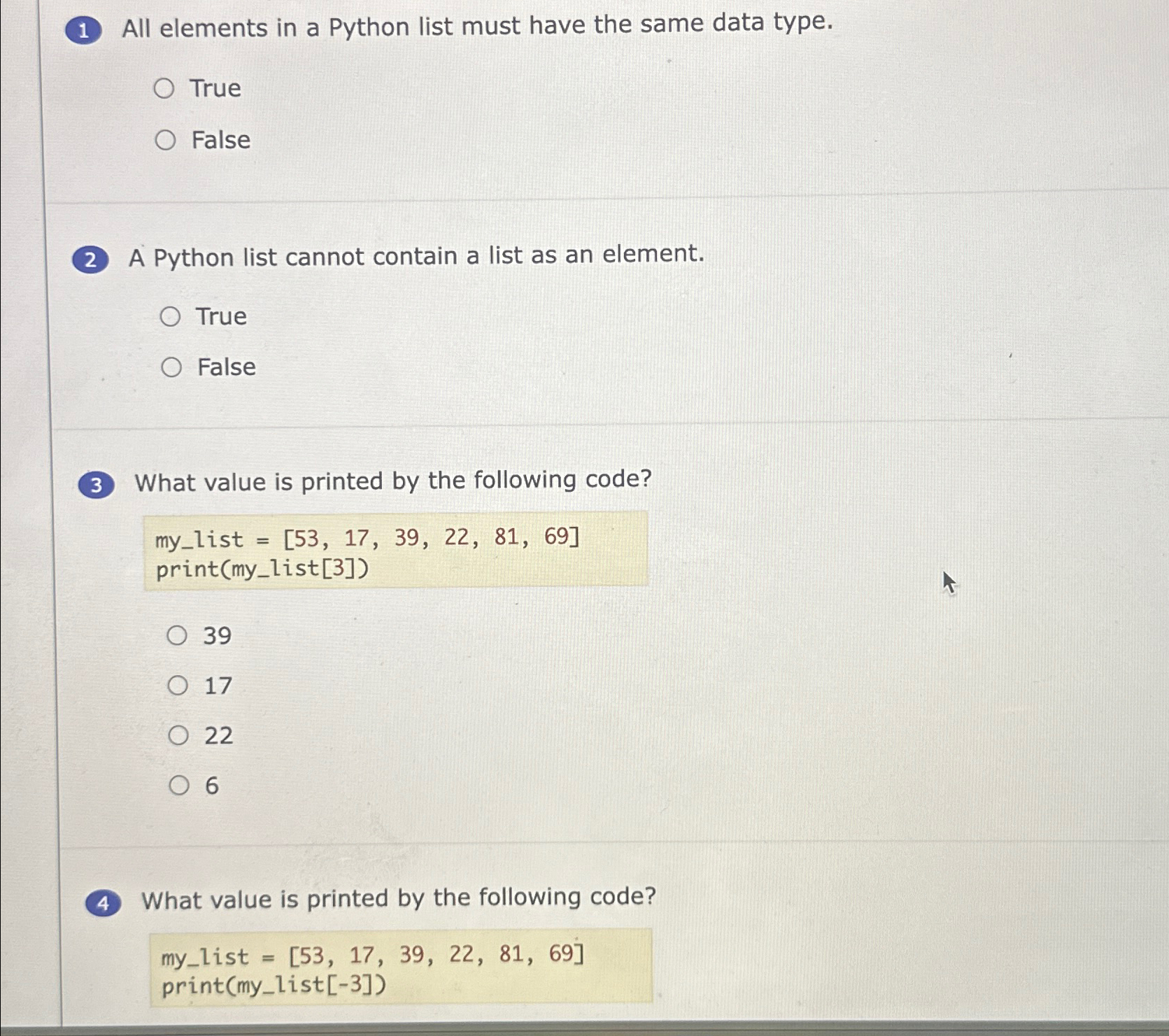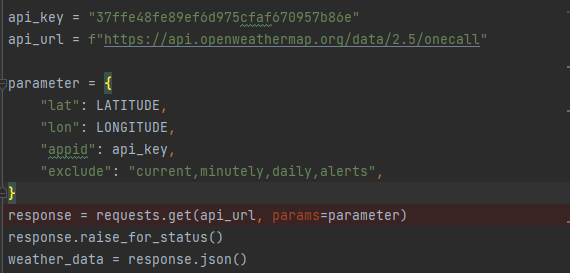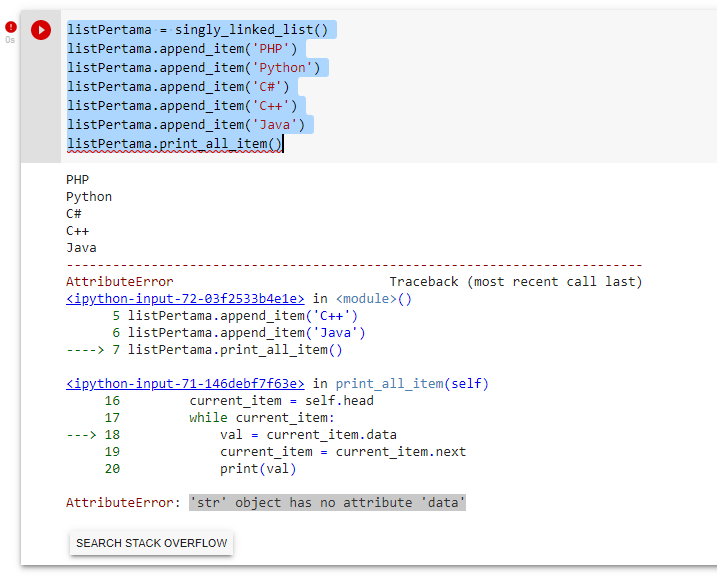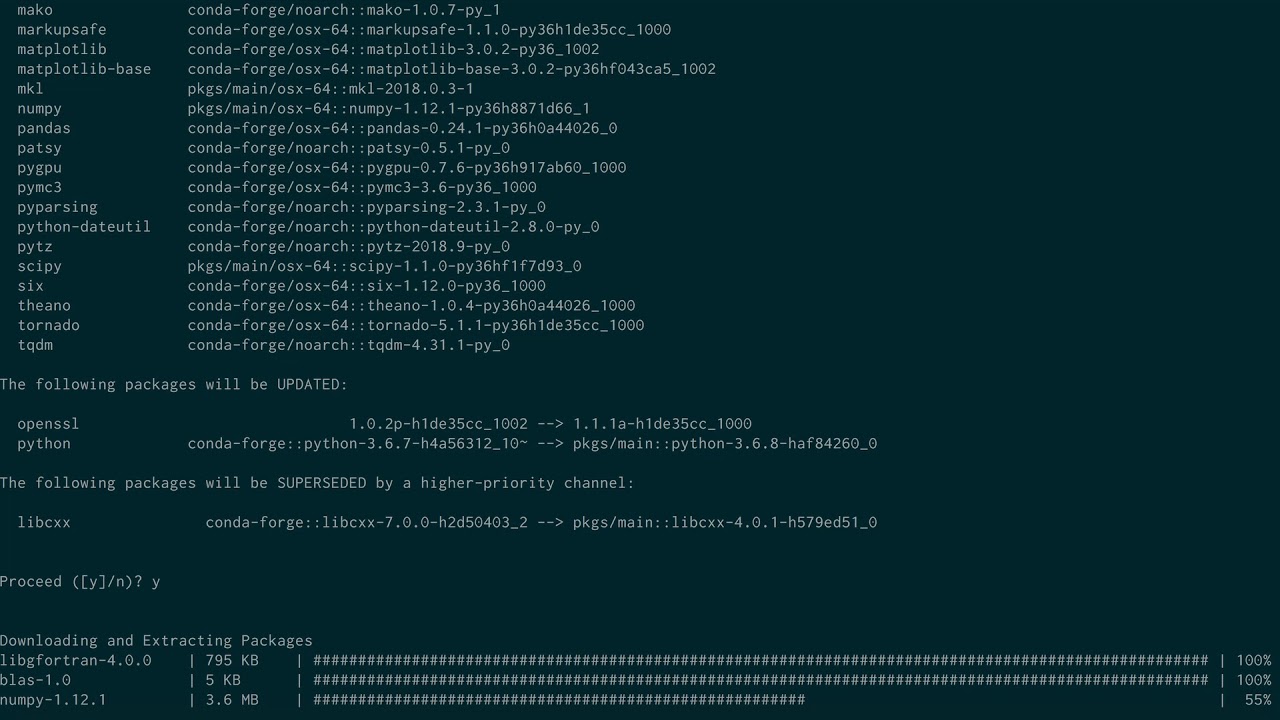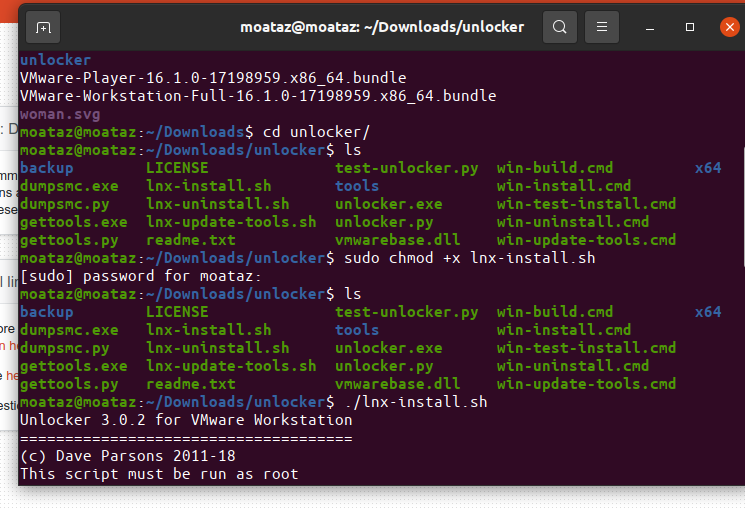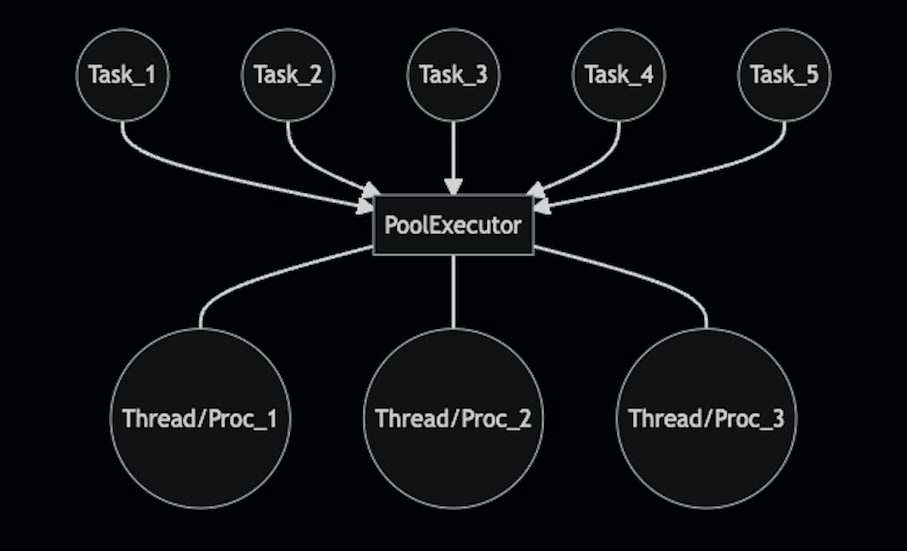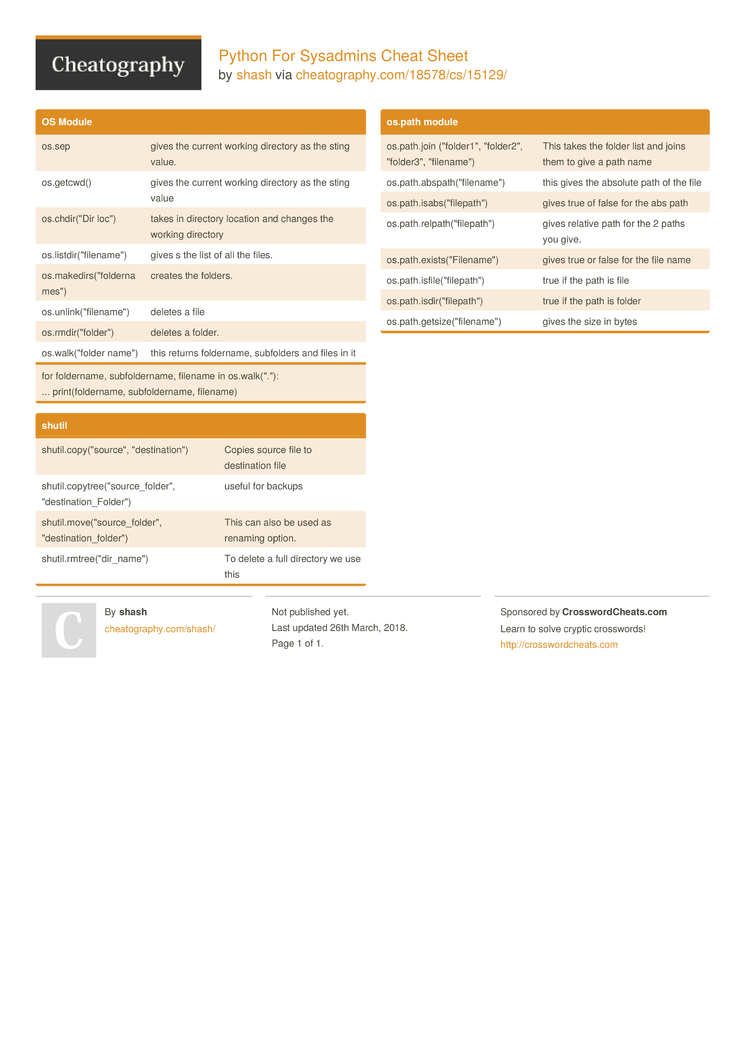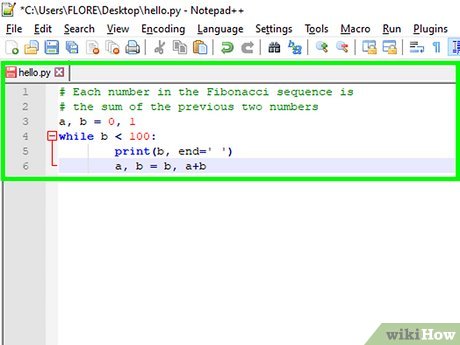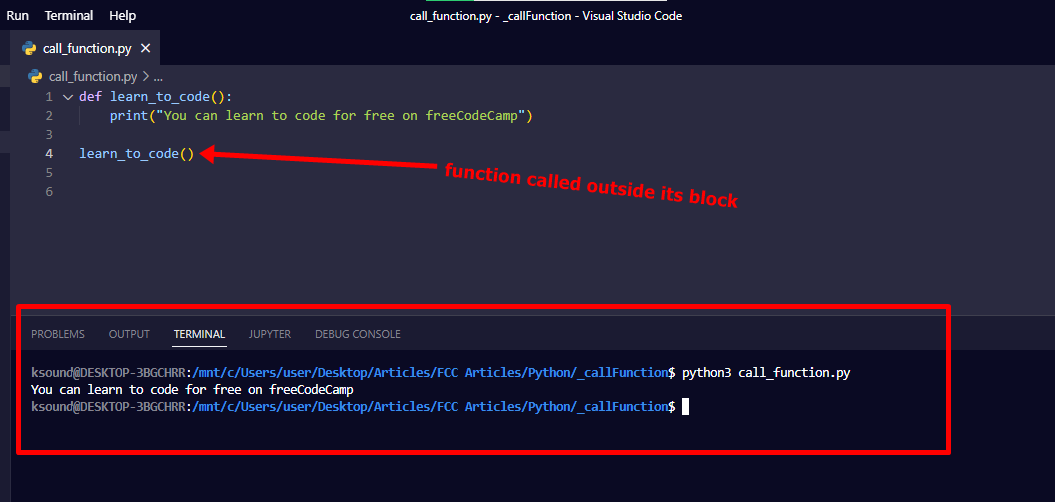Python xml file
Python xml file
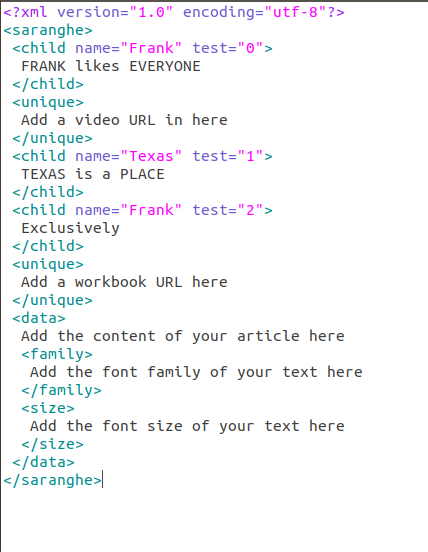
Here's a comprehensive guide on working with XML files in Python using the xml.etree.ElementTree module:
What is an XML File?
An XML (Extensible Markup Language) file is a type of plain text file that contains structured data, often used to store and exchange data between different systems or applications. It consists of a series of tags (elements) that surround data values, allowing for a flexible and self-descriptive format.
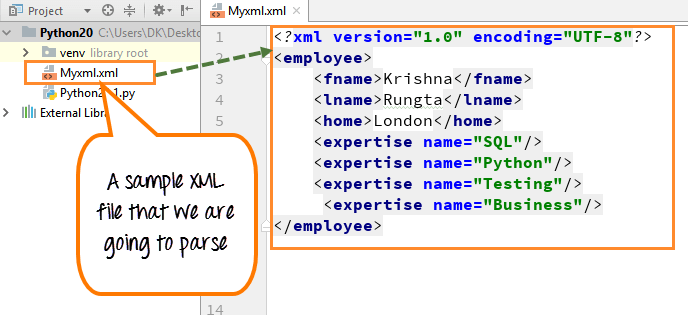
Python's xml.etree.ElementTree Module
The xml.etree.ElementTree module in Python provides an easy-to-use interface for parsing and manipulating XML files. This module is part of the Python Standard Library, making it readily available without needing to install additional packages.
Parsing an XML File
To parse an XML file using xml.etree.ElementTree, you can follow these steps:
xml.etree.ElementTree module:
Parse the XML File: Use theimport xml.etree.ElementTree as ET
ET.parse() function to parse the XML file:
tree = ET.parse('example.xml')
Replace 'example.xml' with the actual path and name of your XML file.
Accessing and Manipulating XML Elements
Once you have parsed an XML file, you can access and manipulate its elements using various methods. Here are some examples:
Root Element: Access the root element of the XML file:root = tree.getroot()
The getroot() method returns the top-level element in the XML file.
person_tag = root.find('.//person')
This code finds an element with the tag name person and its descendants.
name_attr = person_tag.get('name')
This code retrieves the value of the name attribute for the <person> element.
age_text = person_tag.text
This code retrieves the text content within the <person> element.
Creating and Writing XML Files
To create a new XML file or modify an existing one, you can use the following methods:
Element Creation: Create a new XML element:new_person = ET.SubElement(root, 'person')
This code creates a new <person> element as a child of the root element.
new_person.set('name', 'John Doe')
This code sets the name attribute to 'John Doe' for the new <person> element.
new_person.text = '30'
This code writes the string '30' as the text content within the new <person> element.
Example Code
Here's a simple example that demonstrates creating and parsing an XML file using xml.etree.ElementTree:
import xml.etree.ElementTree as ET Create an XML treeroot = ET.Element('people')
tree = ET.ElementTree(root)
Create child elementsperson1 = ET.SubElement(root, 'person', name='John Doe')
person1.set('age', '30')
person2 = ET.SubElement(root, 'person', name='Jane Smith')
person2.set('age', '25')
Write the XML tree to a filetree.write('example.xml')
This code creates an XML file containing two <person> elements with attributes and text content. You can then parse this file using xml.etree.ElementTree:
tree = ET.parse('example.xml')root = tree.getroot()
Access the elementspeople_tag = root.findall('.//person')
for person in people_tag:
print(f"Name: {person.get('name')}, Age: {person.get('age')}")
This code parses the XML file and prints the values of the name and age attributes for each <person> element.
Conclusion
In this article, we have explored how to work with XML files in Python using the xml.etree.ElementTree module. You learned how to parse an XML file, access and manipulate its elements, create new XML files, and write text content. With these skills, you can efficiently process and generate XML data in your Python applications.
Remember, the xml.etree.ElementTree module is part of the Python Standard Library, making it readily available for all your XML-related needs.
Python xml tutorial
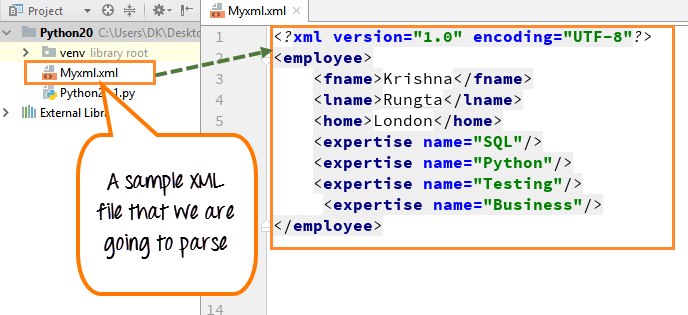
Here is a detailed tutorial on using Python with XML:
Introduction
XML (Extensible Markup Language) is a markup language used to store and transport data between systems. Python provides several modules for parsing and creating XML files, including xml.etree.ElementTree and xml.dom.minidom. In this tutorial, we will cover the basics of using these modules to work with XML in Python.
Parsing XML Files
The most common way to use XML in Python is to parse an existing XML file. This involves opening the file, parsing its contents, and then extracting the desired data. Here's a basic example:
import xml.etree.ElementTree as ETdef parse_xml(file_name):
tree = ET.parse('file.xml')
root = tree.getroot()
for elem in root:
print(elem.tag, elem.text)
parse_xml('example.xml')
This code will open the example.xml file, parse its contents, and then extract the text from each element. The ET.parse() function returns an ElementTree object, which we can use to traverse the XML document. We then get the root element of the tree with tree.getroot(). Finally, we loop through all elements in the XML document using a for loop.
Creating XML Files
To create a new XML file, you can use the ElementTree module. Here's how:
import xml.etree.ElementTree as ETdef create_xml():
root = ET.Element('root')
for i in range(5):
elem = ET.SubElement(root, 'child')
elem.text = str(i)
tree = ET.ElementTree(root)
tree.write('example.xml')
create_xml()
This code creates a new XML file with the following structure:
0
1
2
3
4
Manipulating XML Files
The ElementTree module also provides methods for manipulating the XML structure. For example, you can add or remove elements using the SubElement() and remove() functions:
import xml.etree.ElementTree as ETdef manipulate_xml():
tree = ET.parse('example.xml')
root = tree.getroot()
Add a new child elementelem = ET.SubElement(root, 'child')
elem.text = '5'
Remove the third child elementfor child in root.findall('.//child'):
if int(child.text) == 2:
child.remove(child)
Save changes to the XML filetree.write('example.xml')
manipulate_xml()
This code adds a new child element and then removes the third child element from the original XML file.
Conclusion
In this tutorial, we have learned how to use Python with XML. We started by parsing an existing XML file using the xml.etree.ElementTree module. Then, we learned how to create a new XML file using the same module. Finally, we covered some basic manipulation techniques for modifying the XML structure.
I hope you enjoyed this tutorial and that it has helped you understand how to work with XML in Python.
